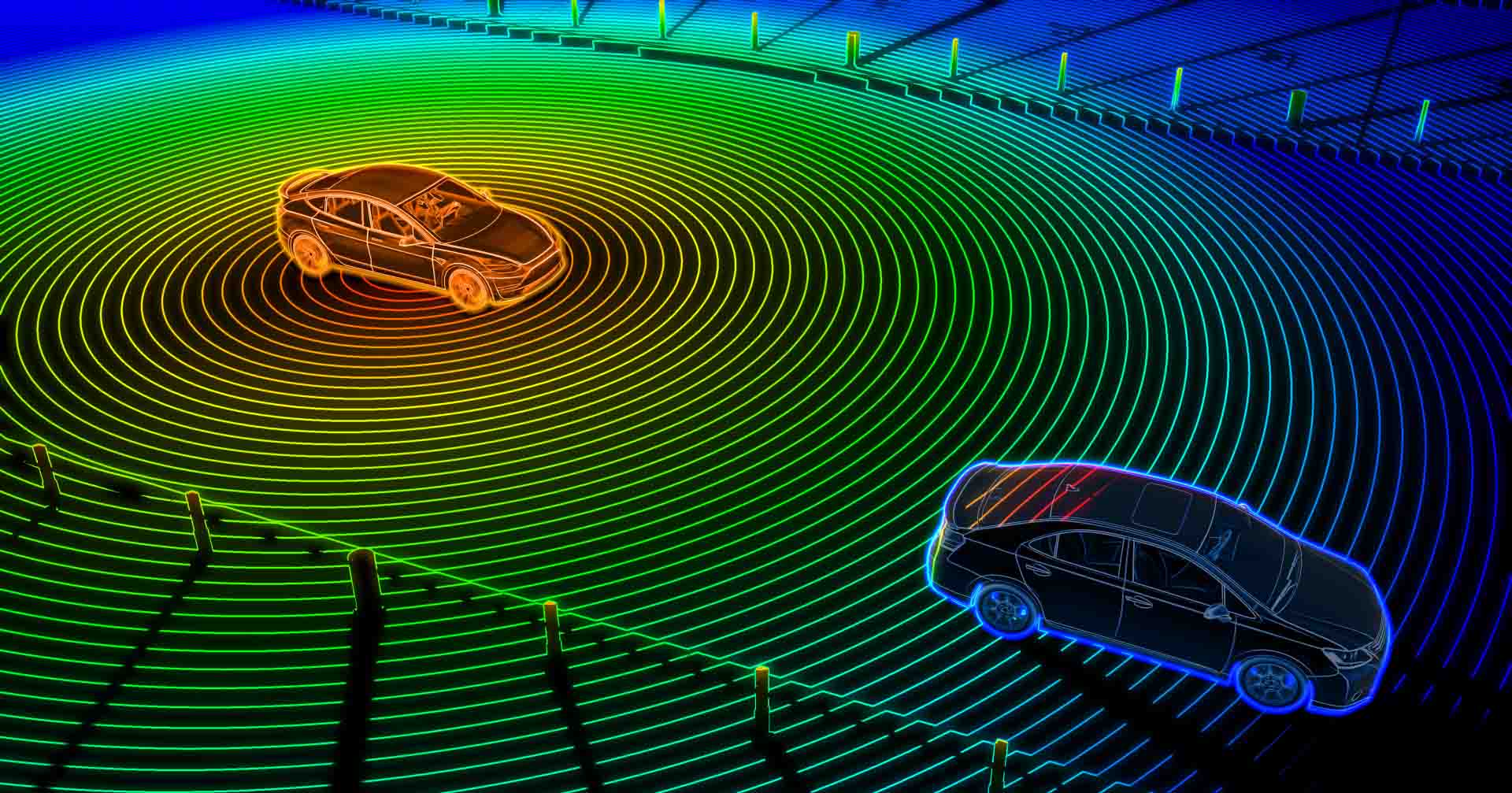The global LiDAR market has been experiencing significant growth, driven by the rapid adoption of smart technologies, autonomous vehicles, precision agriculture, and advanced mapping applications. With its ability to generate highly accurate 3D models of environments, Light Detection and Ranging (LiDAR) technology has become an essential tool across industries.
This blog explores what LiDAR is, its key applications, current market trends, challenges, and the future outlook for one of the most transformative technologies of the modern era.

???? What is LiDAR?
LiDAR (Light Detection and Ranging) is a remote sensing method that uses laser pulses to measure distances to a target. By calculating the time it takes for the laser light to reflect back to the sensor, LiDAR systems create high-resolution, three-dimensional maps of surfaces and objects.
The core components of a LiDAR system include:
-
Laser scanner
-
GPS receiver
-
Inertial measurement unit (IMU)
-
Data processing system
???? LiDAR Market Overview
The global LiDAR market was valued at approximately USD 1.8 billion in 2023 and is expected to exceed USD 5.5 billion by 2030, growing at a CAGR of over 17%. This explosive growth is fueled by technological advancements, falling hardware costs, and expanding use cases across various sectors.
???? Key Applications Driving the LiDAR Market
1. Automotive (ADAS and Autonomous Vehicles)
LiDAR is critical for enabling advanced driver-assistance systems (ADAS) and self-driving cars. It provides detailed, real-time 3D mapping of a vehicle's surroundings, helping systems detect obstacles, pedestrians, and road conditions with high accuracy.
2. Topographic Mapping and Surveying
Governments and private firms use LiDAR for urban planning, environmental monitoring, and infrastructure development. Aerial LiDAR is especially valuable for mapping terrain in remote or forested areas.
3. Agriculture
Precision agriculture benefits from LiDAR through crop analysis, field mapping, and optimizing irrigation. Farmers use LiDAR data to enhance productivity and sustainability.
4. Forestry Management
LiDAR helps in calculating biomass, tree height, canopy structure, and forest density. This improves forest inventory management and conservation efforts.
5. Mining and Construction
LiDAR enhances site modeling, volume measurement, and safety assessments. It speeds up workflows and improves accuracy in earthworks and infrastructure projects.
6. Defense and Aerospace
The defense sector uses LiDAR for reconnaissance, target identification, and terrain navigation. Drones equipped with LiDAR are especially useful for mission-critical applications.
???? Regional Outlook
-
North America leads the global LiDAR market due to high investments in autonomous vehicle technology and military applications.
-
Europe is a strong player, particularly in automotive and smart city initiatives.
-
Asia-Pacific is the fastest-growing region, driven by large-scale infrastructure projects, robotics, and rapid urbanization in countries like China, India, and Japan.
???? Market Trends and Innovations
✅ Miniaturization of LiDAR Sensors
Startups and tech giants are producing compact and affordable solid-state LiDARs that are easy to integrate into smaller devices like drones and smartphones.
✅ Integration with AI and Machine Learning
Combining LiDAR data with AI enables smarter decision-making in autonomous vehicles, agriculture, and robotics.
✅ LiDAR-as-a-Service (LaaS)
Instead of purchasing expensive hardware, businesses can access LiDAR services through cloud platforms, making the technology more accessible to small and medium enterprises.
✅ Fusion with Other Sensor Technologies
LiDAR is increasingly used in combination with radar, cameras, and GNSS to create robust multi-sensor systems for better object detection and classification.
✅ Stronger Security Considerations
As more critical infrastructure and autonomous systems rely on LiDAR, cybersecurity and risk management become essential. Integration with strategies from the cyber insurance market is becoming more common for risk mitigation.
⚠️ Challenges in the LiDAR Market
Despite its advantages, the LiDAR market faces several challenges:
-
High Initial Cost
Though prices are falling, LiDAR remains a costly investment compared to alternative sensors like cameras. -
Data Complexity
Processing large volumes of point cloud data requires powerful computing and specialized software. -
Environmental Limitations
LiDAR performance can be affected by weather conditions like rain, snow, and fog, which can scatter laser pulses. -
Lack of Standardization
A variety of formats and protocols exist, complicating integration and adoption across platforms. -
Cybersecurity Risks
With increased digitalization, the risk of system breaches has grown, making the cyber insurance market relevant for companies relying heavily on LiDAR-enabled automation.
???? Future Outlook
The future of the LiDAR market is incredibly promising. With continuous advancements in hardware miniaturization, cost-efficiency, and AI integration, LiDAR will expand beyond its current industrial applications into consumer electronics, AR/VR, indoor navigation, and even wearables.
Startups and tech giants alike are investing heavily in solid-state LiDAR, making it a mainstream component in the race toward autonomous mobility and smart infrastructure.
As global industries move toward data-driven precision, the LiDAR market will continue to illuminate the path forward—transforming how we move, build, and interact with the world.
???? Conclusion
The LiDAR market is set to be one of the most transformative segments in modern technology. Its ability to offer precise, 3D spatial information in real-time positions it as a game-changer across industries.
Whether it’s improving road safety through autonomous driving, revolutionizing farming with precision agriculture, or enabling smarter cities, LiDAR is at the forefront of innovation. And as digital ecosystems expand, considerations such as data security, regulatory compliance, and support from the cyber insurance market will shape how companies deploy and manage LiDAR technologies at scale.
In a data-centric future, LiDAR doesn't just collect information—it creates new possibilities.
Related Trending Reports
| Gaming Accessories Market |
| Fire Protection System Market |
| Sports Technology Market |
| Smart Building Market |
| Smart TV Market |
Comments on “Navigating the Digital Terrain: A Deep Dive into the Global LiDAR Market”